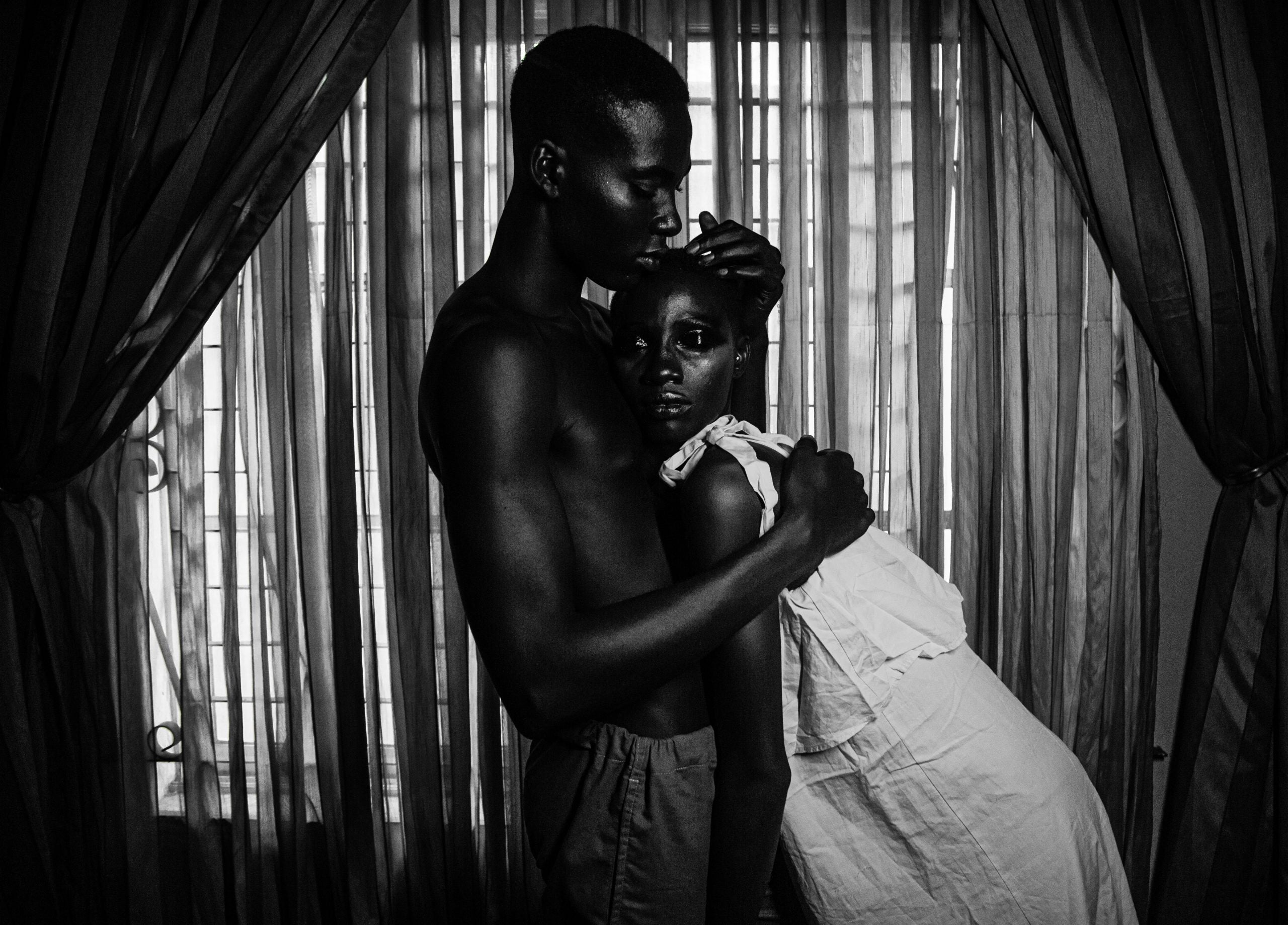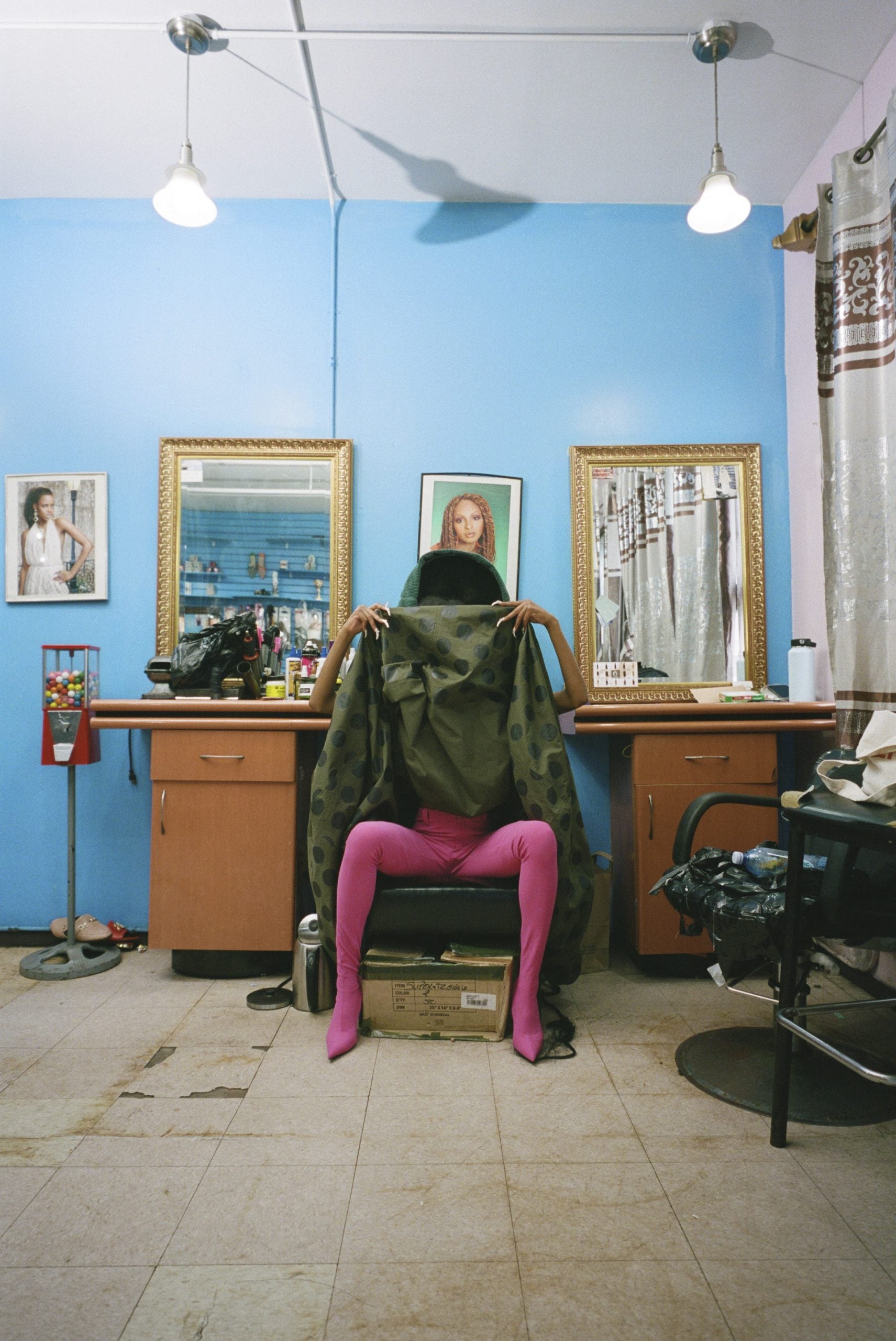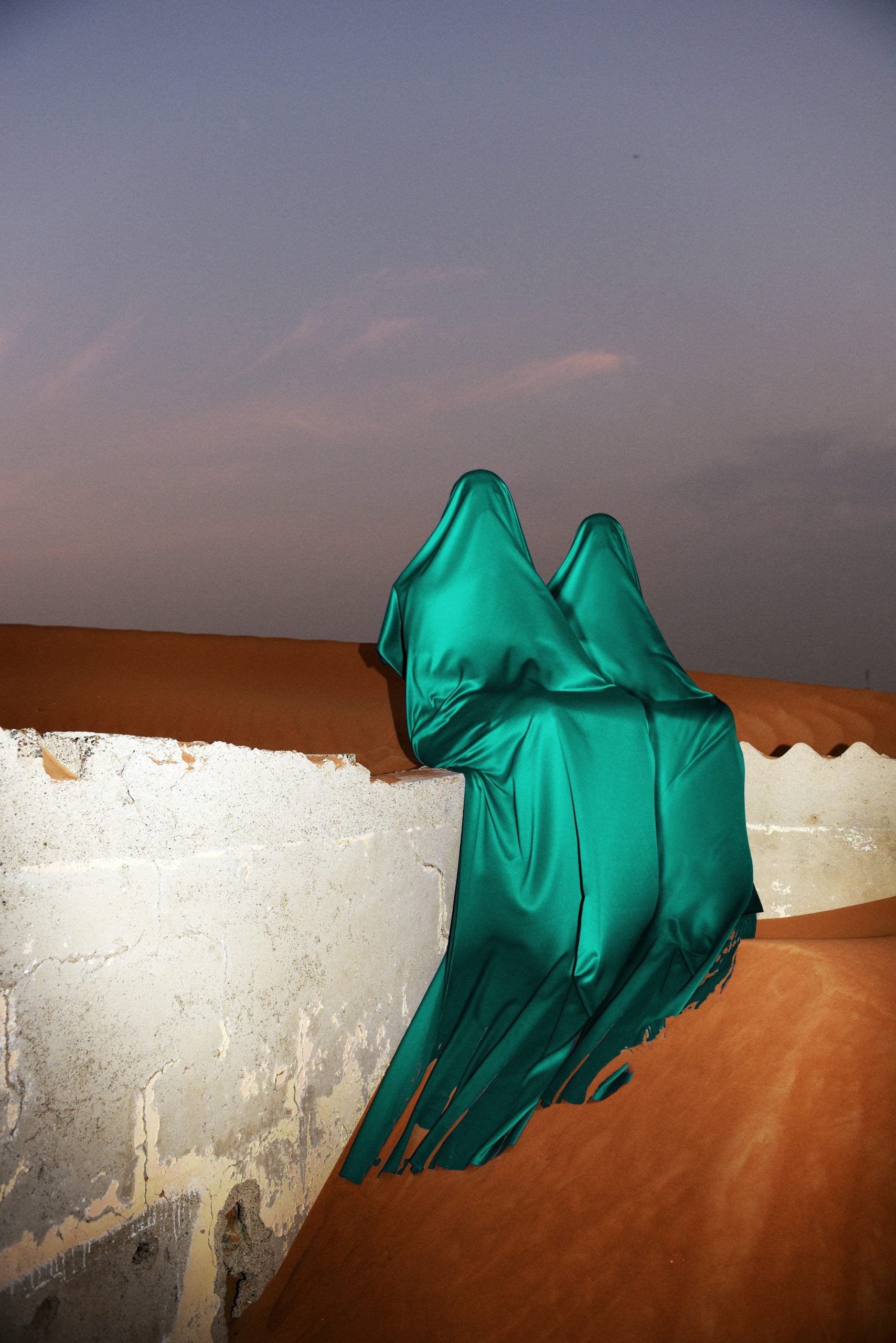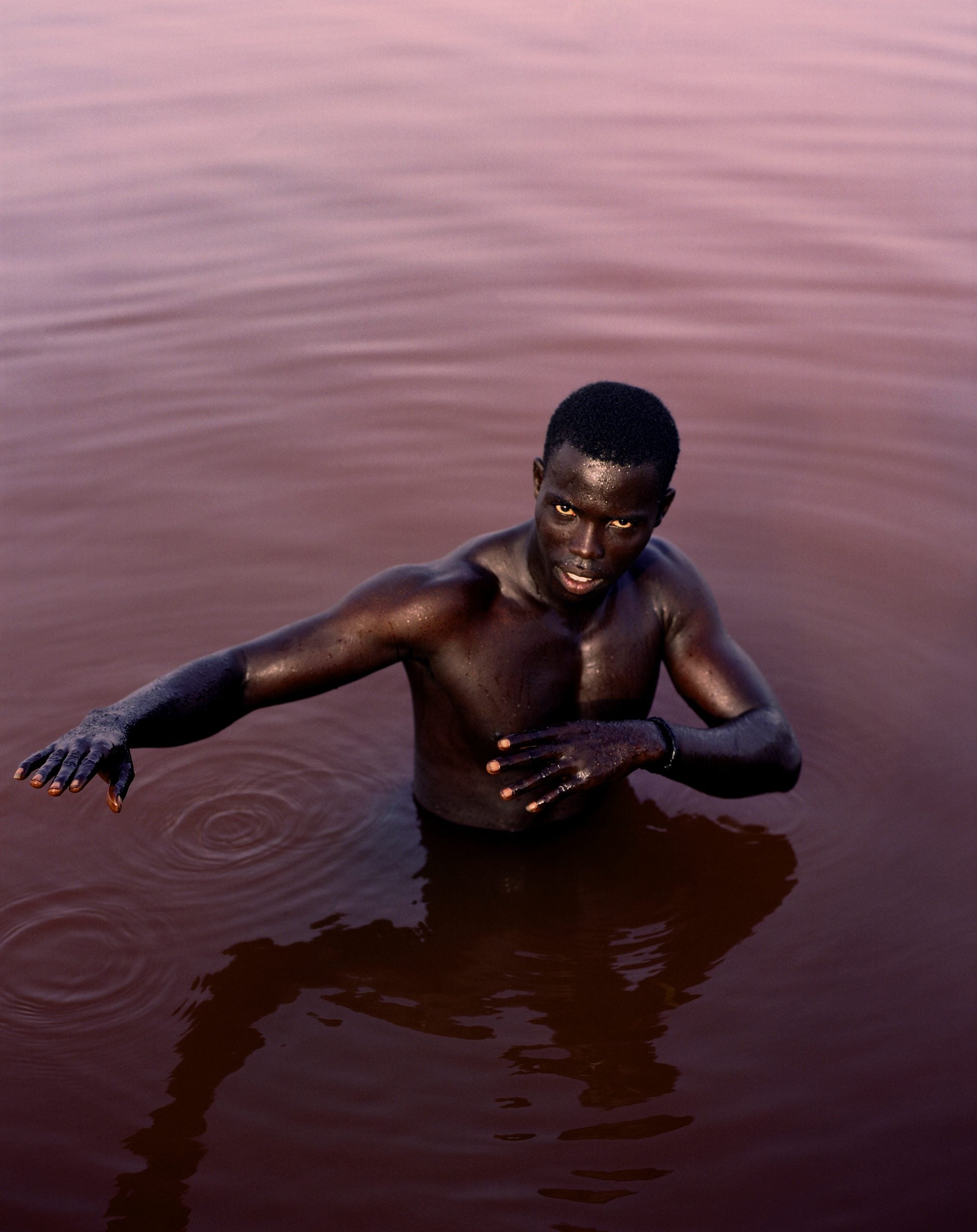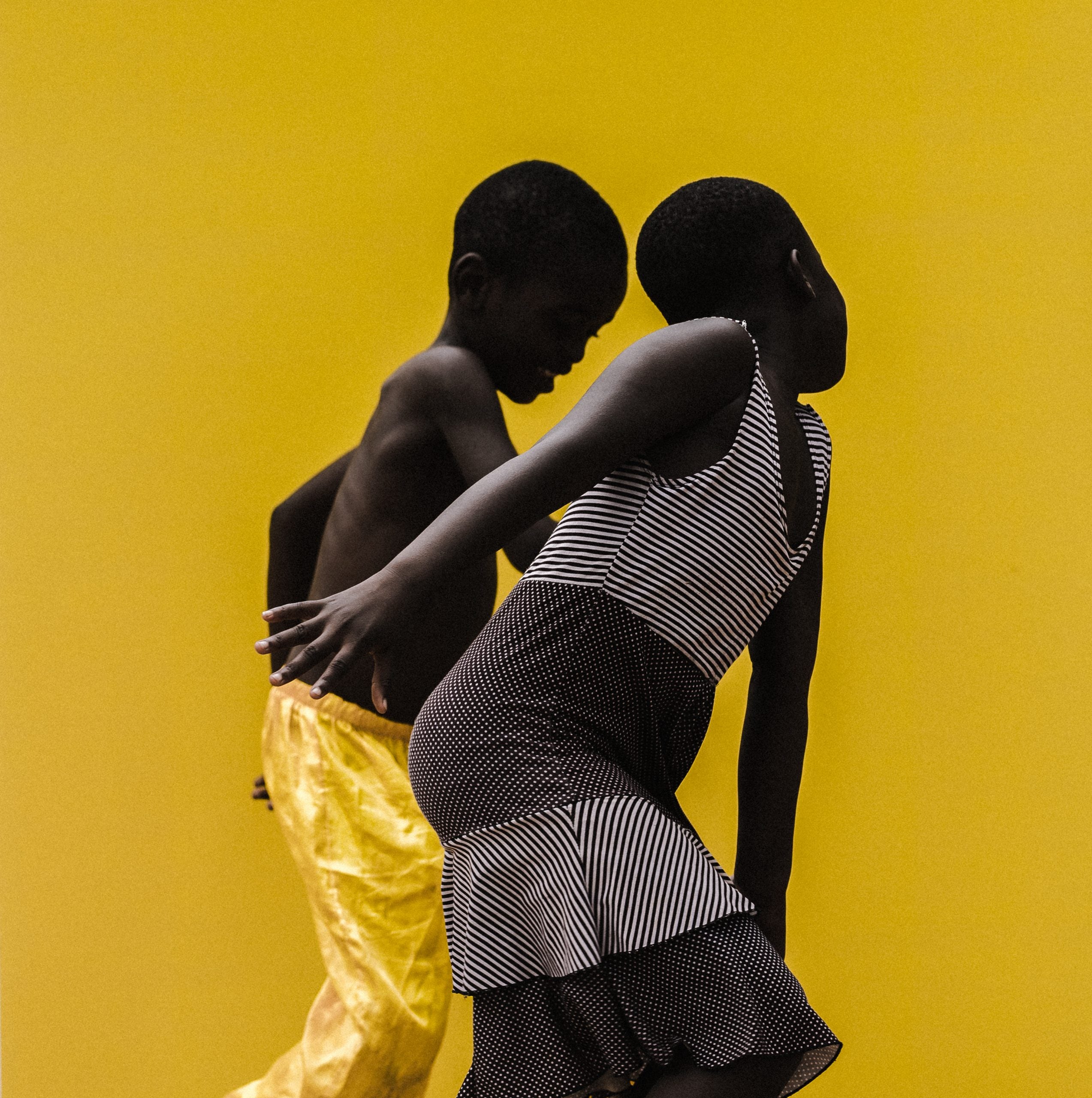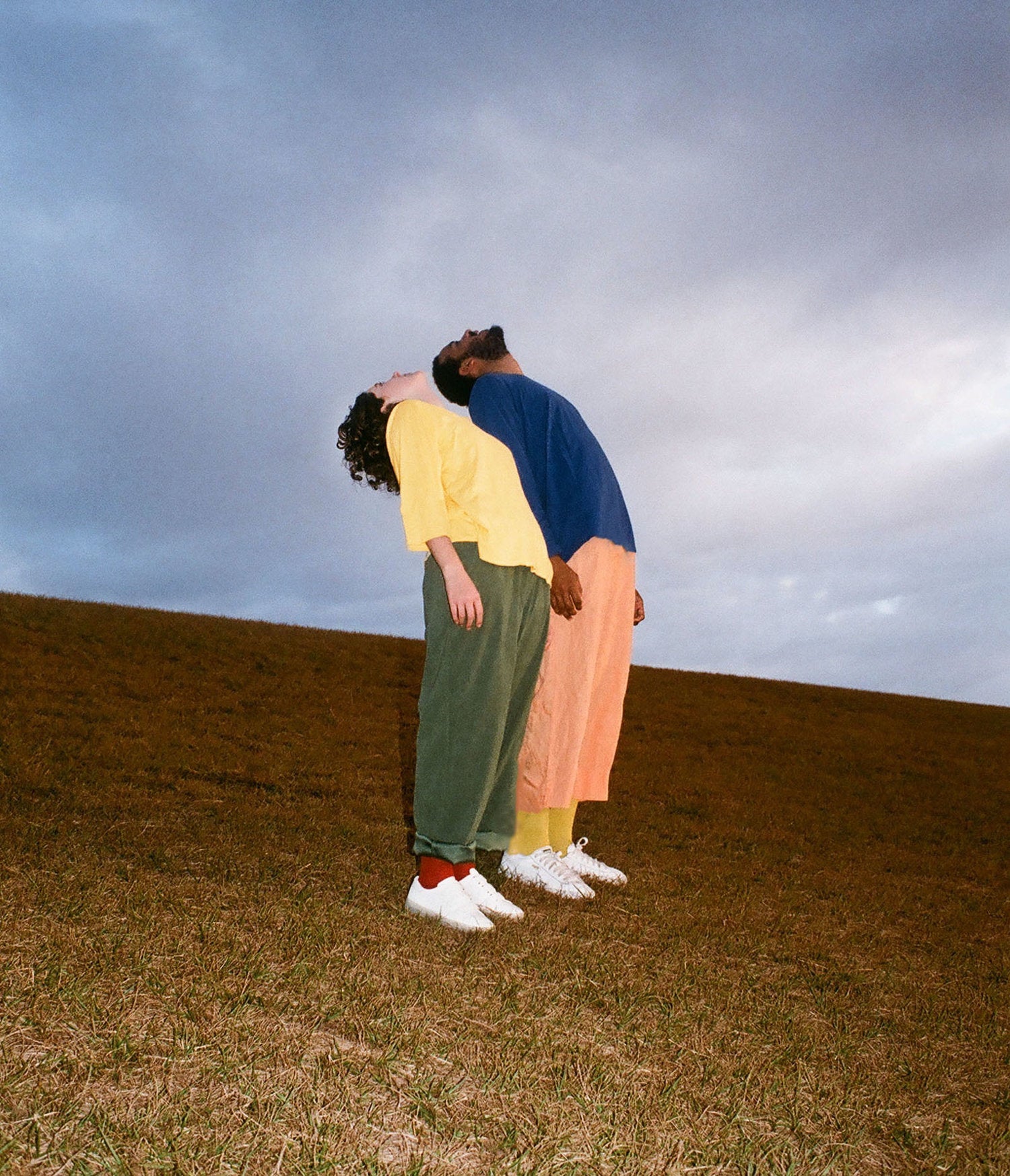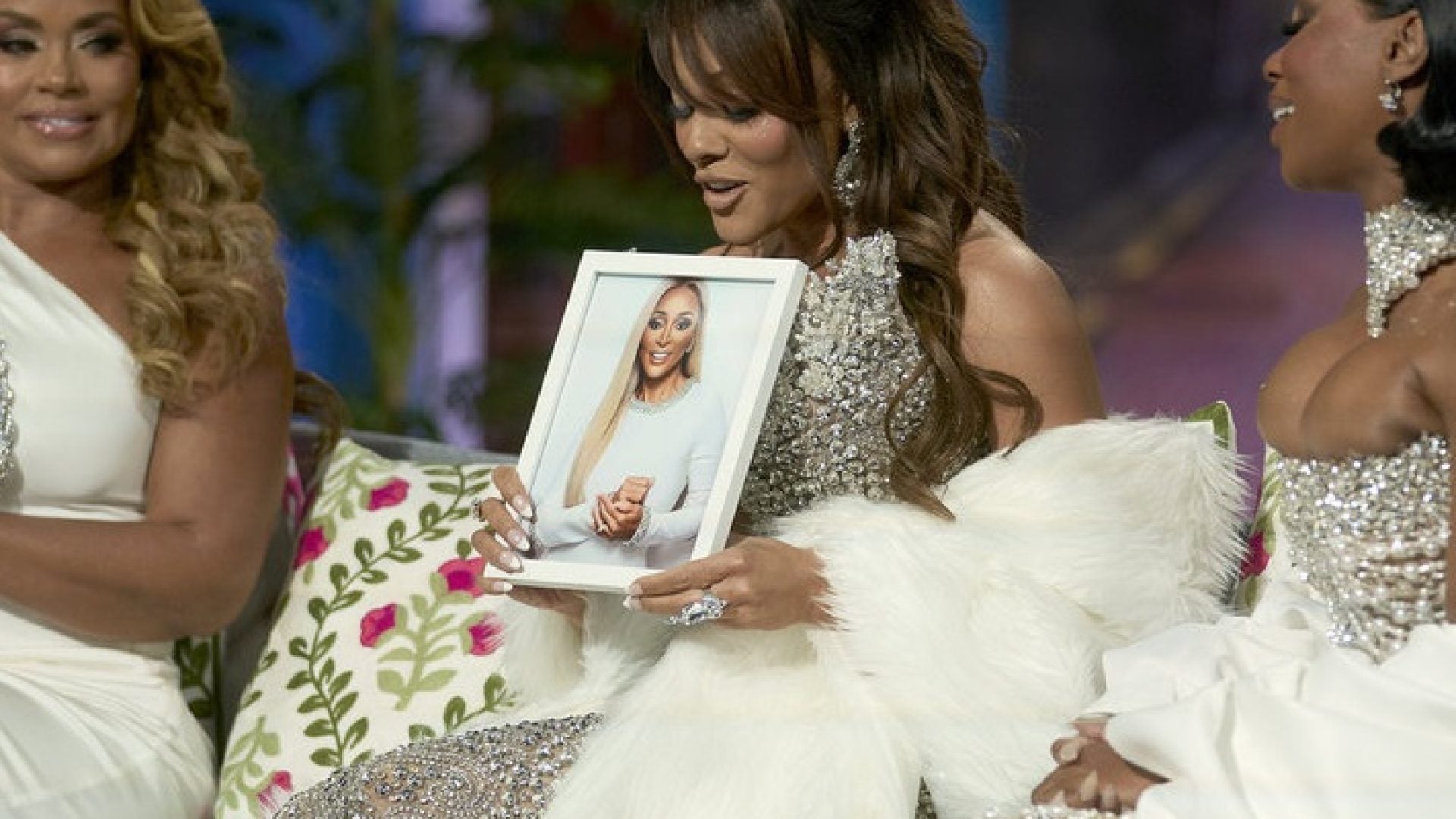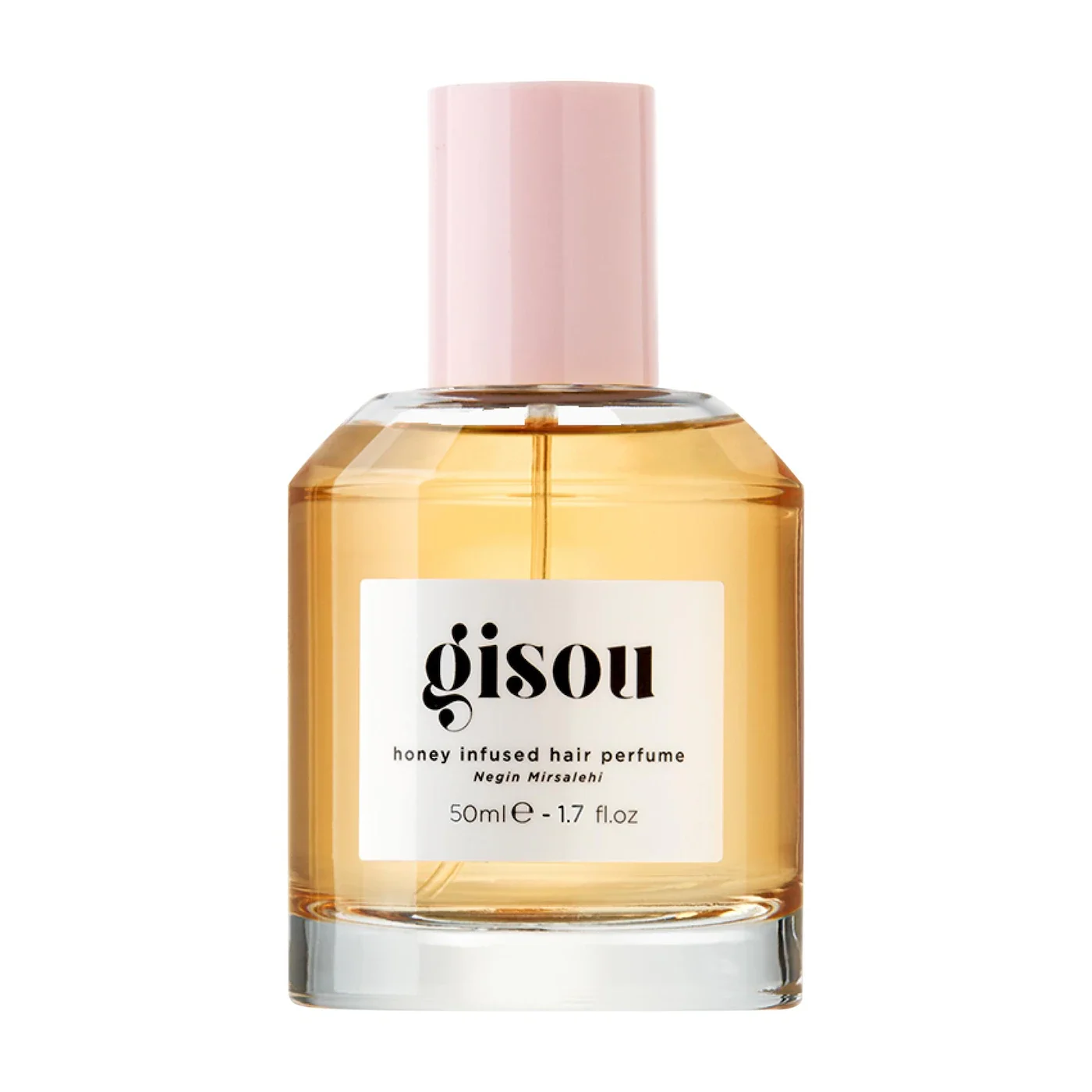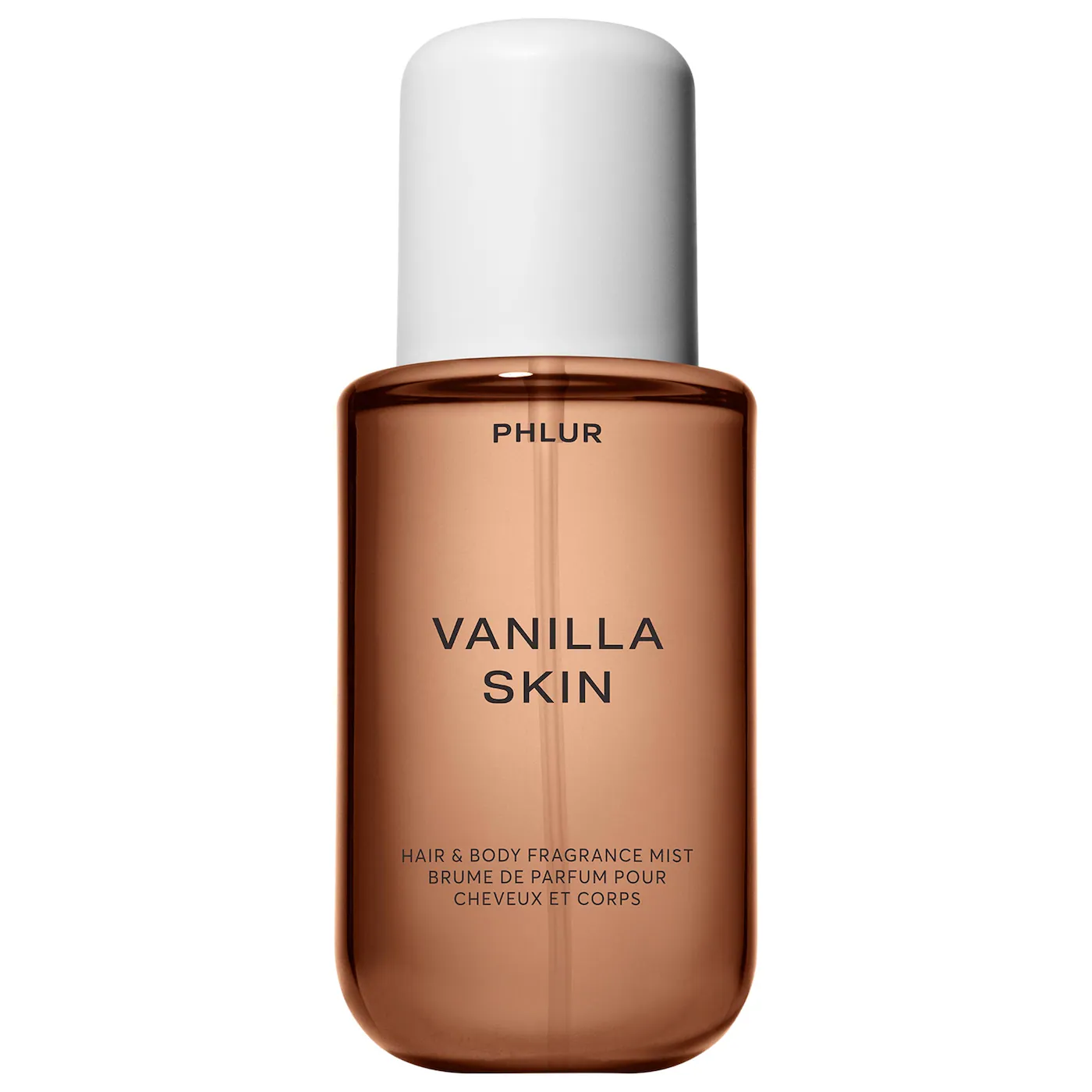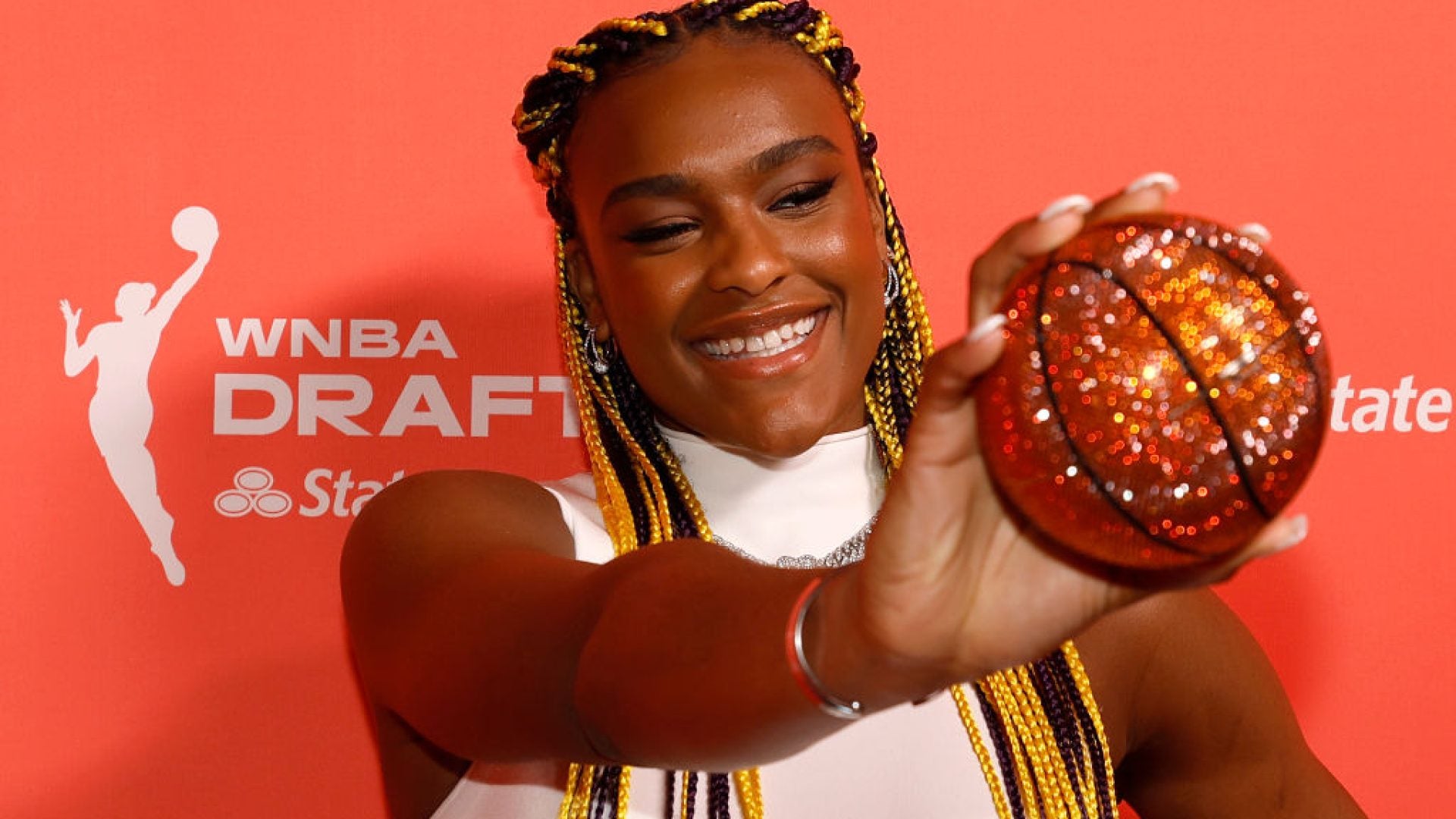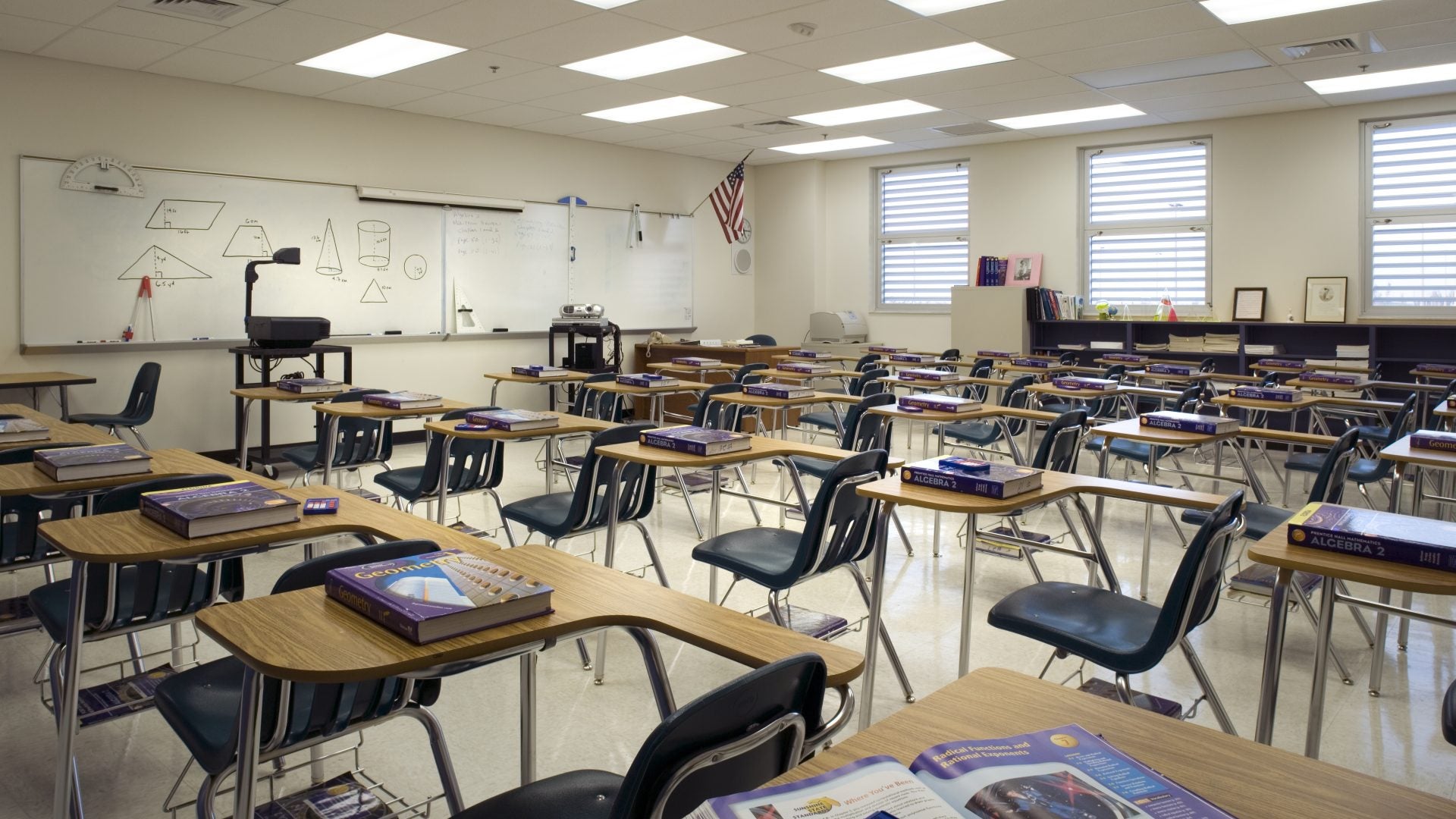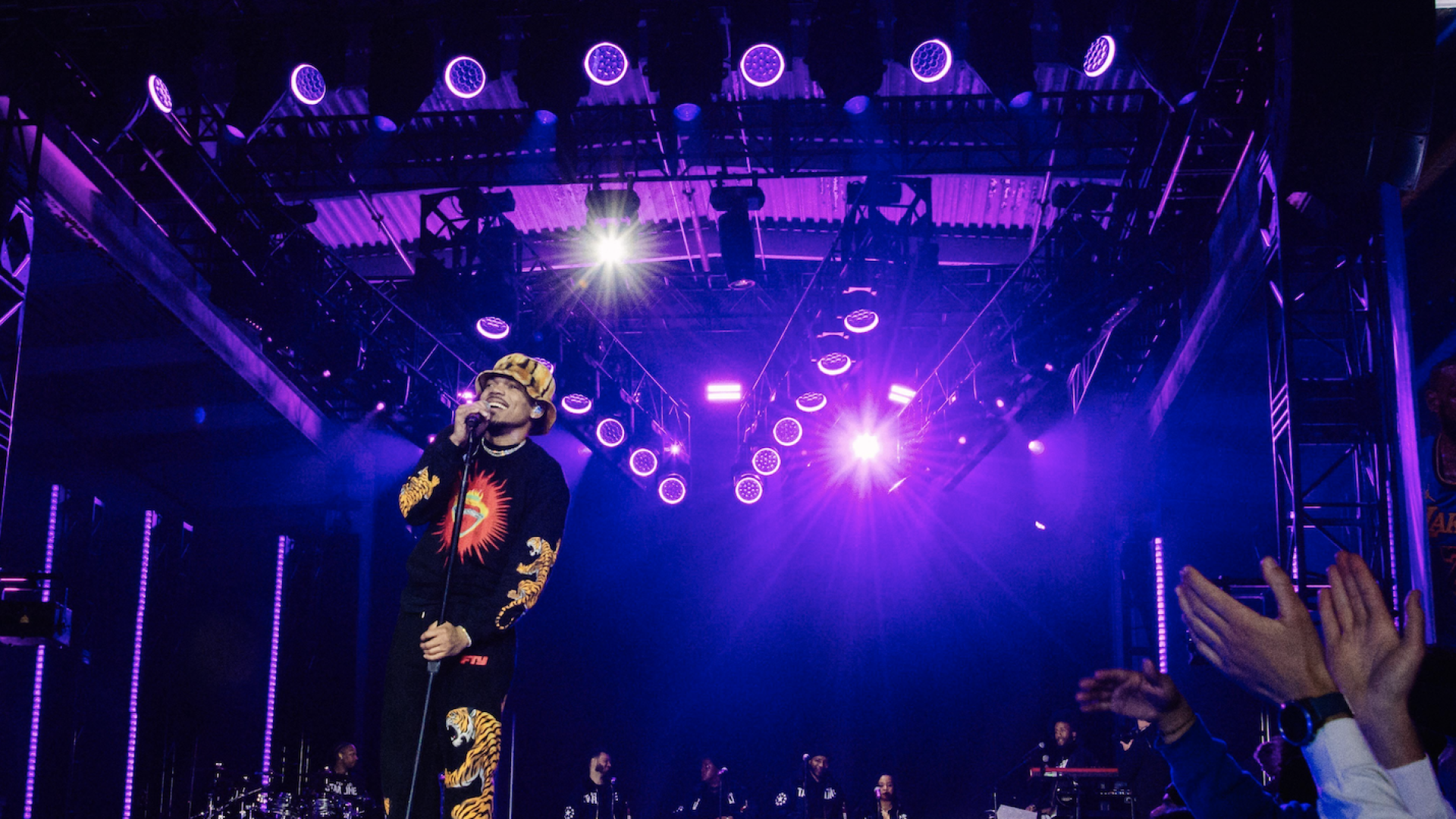
Kicking off at the beginning of the Fall, Art critic and writer Antwaun Sargent announced his new project, Just Pictures, an exhibition hosted at projects+gallery in St. Louis, Missouri, inspired by Sargent’s midwest upbringing along with his direct link to Black photographers who work frenetically between the spaces of fine art and fashion photography. “This is the new, the now, and this is what’s going to happen next,” Sargent tells ESSENCE. “They’re working in a way that I think is exciting and that should be seen everywhere.”
The exhibition, which ends on November 21st, is centered in a community where art may not be as celebrated when compared to larger cities like New York or Los Angeles. In celebration of the location, Sargent welcomed a modernistic crowd to take on his exhibit and introduce a new audience to a fresh crowd of young photographers. “Art is for everybody, so why can’t these shows take place in other places?”
ESSENCE spoke to Sargent about hosting his exhibit in the Midwest, from where he drew his inspiration, and the work that still needs to be done. Read below.
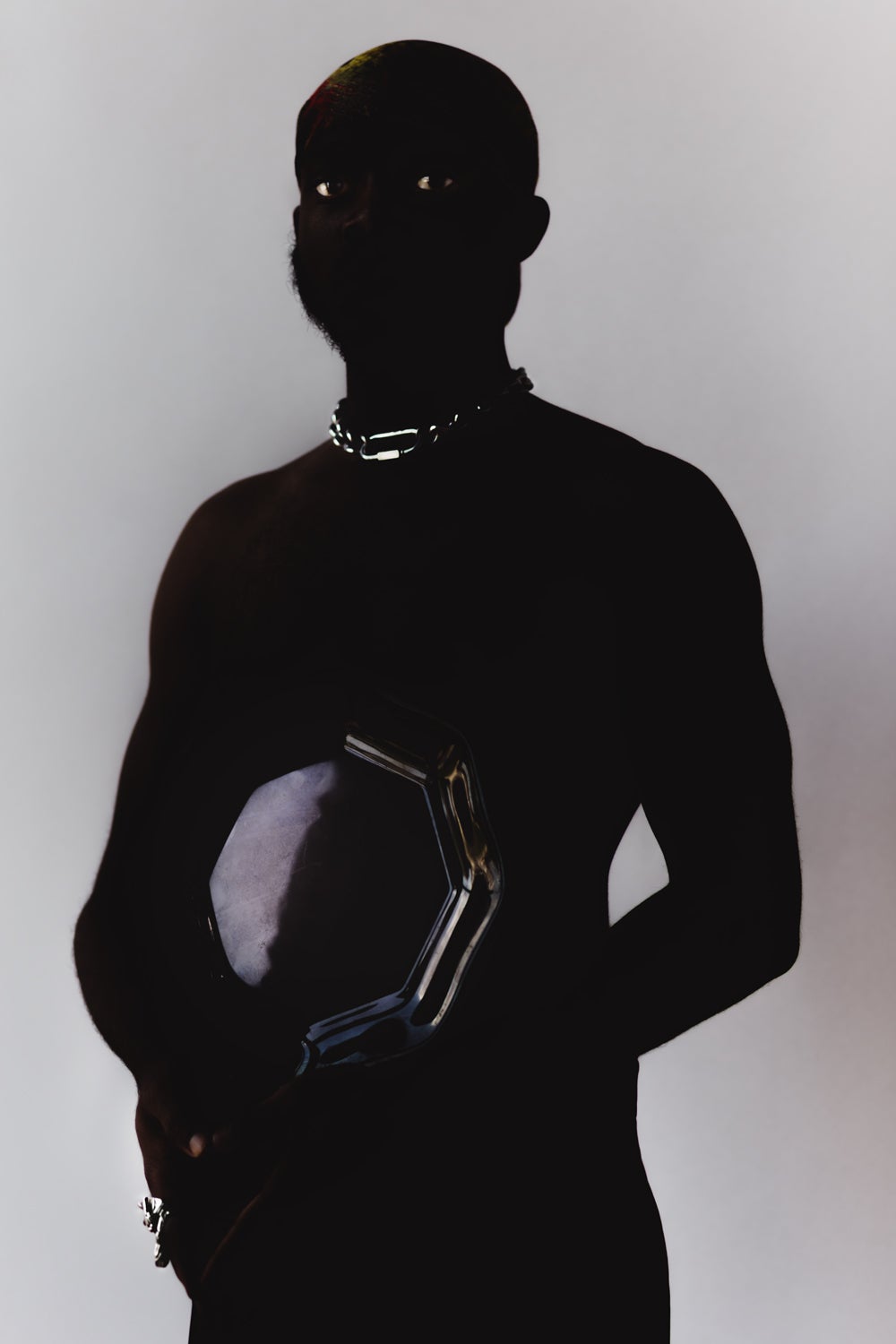
ESSENCE: How have you been with all that is going on in the world?
Antwaun Sargent: I didn’t write anything, which I thought was helpful to be able to just be in the moment. I didn’t leave New York at all during the height of the pandemic, and I think that it was important to give myself the space to live with the turmoil of racial protests and also the pandemic. I was just in my space. What has helped is that these projects, the book that’s coming out and this show in St. Louis, Just Pictures, are sort of long-term projects. I’ve worked on both of them for about a year. That has helped that it didn’t have to be all in the moment.
When did Just Pictures become a complete project for you?
It in some ways comes out of New Black Vanguard. The questions that I have whenever I start to think about an exhibition or I think about a work of art really informs a lot of my writing and curatorial practice. With the New Black Vanguard there were a lot of questions that we got to around representation and self-presentation in the book and in the exhibition that’s traveling. And in these different spaces they take on new meanings. You have these image-makers a part of the show making photos that exist online, but they also exist in museums and gallery spaces and magazines.
I like that generosity, but also the quality of an image that takes on new meaning depending on what space it’s in. But it also points to the ways in which these artists are working today. They’re not making images with one audience in mind. They’re making images with multiple audiences. The audience of the museum, of a magazine, which is very different than their own audiences that they have personally, because they’re the built in cultivator. I wanted to think about the ways in which these images operate in commercial settings, but also in more conceptual settings.
What is the significance of your show being held in St. Louis?
I’m from the Midwest. I think that often we have these conversations in big cities. We have these conversations in New York. We have these conversations in Los Angeles. We have this conversation in London and Paris, but we don’t have these conversations also in small cities or spaces. So, when the gallery reached out and said ‘Would you want to do something in St. Louis,’ I said, absolutely. Why not have this conversation there? Why not make sure that these conversations around race and authorship and photography are being held everywhere? The Midwest has a really special place in my heart, but also just making sure that as we talk about art being for everyone it’s not just a platitude. It really is being shown everywhere.
I wanted to know how you were able to build these relationships with these artists and creatives to create your own personal projects?
This is my tenth year in New York, and I have largely written, curated exhibitions, and had public conversations with young Black artists. So I think that that commitment to Black artistic production has made it easier in some ways to form these relationships just because I’ve been in this work and doing this work. I think that question’s important in that way that it allows for, again, more transparency. I didn’t have connections in the art world. I moved to New York after going to college at Georgetown studying politics, and I thought I would be a lawyer. I really fell in love with art and the artists that I was meeting in the studios that I was going to and the museum shows, and I just said, “I want to be a part of that world. And how do I be a part of that world?”
Are we seeing maybe these publications allowing more Black critics to write due to all that is going on? Are you seeing any changes? What’s that space been like?
I have seen change. I’ve not seen enough change. I think that you can’t say that there is a problem with the art world and with the lack of diversity, the lack on inclusion, the racism, the sexism without looking at your own organizations, especially if you’re an organization who’s directly tied to our understand of art. I think that there’s a lot of work to be done, and I think that we all have to do it.
